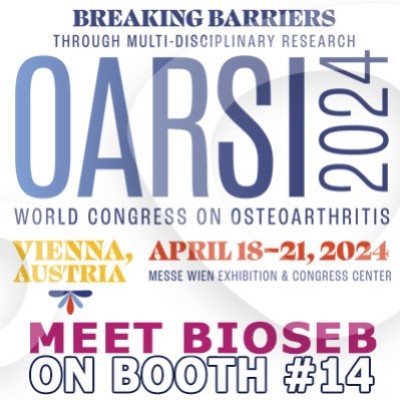Authors
Manning A, Han V, Stephens A, Wang R, Bush N, Bard M, Ramirez JM, Kalume F.
Lab
Department of Neurological Surgery, University of Washington, Seattle, WA, United States of America
Journal
Neurobiology of Disease
Abstract
Mutations in the NADH dehydrogenase (ubiquinone reductase) iron‑sulfur protein 4 (NDUFS4) gene, which encodes for a key structural subunit of the OXFOS complex I (CI), lead to the most common form of mitochondrial disease in children known as Leigh syndrome (LS). As in other mitochondrial diseases, epileptic seizures constitute one of the most significant clinical features of LS. These seizures are often very difficult to treat and are a sign of poor disease prognosis. Mice with whole-body Ndufs4 KO are a well-validated model of LS; they exhibit epilepsy and several other clinical features of LS. We have previously shown that mice with Ndufs4 KO in only GABAergic interneurons (Gad2-Ndufs4-KO) reproduce the severe epilepsy phenotype observed in the global KO mice. This observation indicated that these mice represent an excellent model of LS epilepsy isolated from other clinical manifestations of the disease. To further characterize this epilepsy phenotype, we investigated seizure susceptibility to selected exogenous seizure triggers in Gad2-Ndufs4-KO mice. Then, using electrophysiology, imaging, and immunohistochemistry, we studied the cellular, physiological, and neuroanatomical consequences of Ndufs4 KO in GABAergic interneurons. Homozygous KO of Ndufs4 in GABAergic interneurons leads to a prominent susceptibility to exogenous seizure triggers, impaired interneuron excitability and interneuron loss. Finally, we found that the hippocampus and cortex participate in the generation of seizure activity in Gad2-Ndufs4-KO mice. These findings further define the LS epilepsy phenotype and provide important insights into the cellular mechanisms underlying epilepsy in LS and other mitochondrial diseases.

 Douleur - Allodynie/Hyperalgésie Thermique
Douleur - Allodynie/Hyperalgésie Thermique Douleur - Spontanée - Déficit de Posture
Douleur - Spontanée - Déficit de Posture Douleur - Allodynie/Hyperalgésie Mécanique
Douleur - Allodynie/Hyperalgésie Mécanique Apprentissage/Mémoire - Attention - Addiction
Apprentissage/Mémoire - Attention - Addiction Physiologie & Recherche Respiratoire
Physiologie & Recherche Respiratoire
 Douleur
Douleur Métabolisme
Métabolisme Système moteur
Système moteur Neurodégénérescence
Neurodégénérescence Thématiques transversales
Thématiques transversales Système musculaire
Système musculaire Functions de motricité générale
Functions de motricité générale Troubles de l'humeur
Troubles de l'humeur Autres pathologies
Autres pathologies Articulations
Articulations Système Nerveux Central (SNC)
Système Nerveux Central (SNC)  Système sensoriel
Système sensoriel Bioseb on booth #14 at OARSI 2024 in Vienna
Bioseb on booth #14 at OARSI 2024 in Vienna